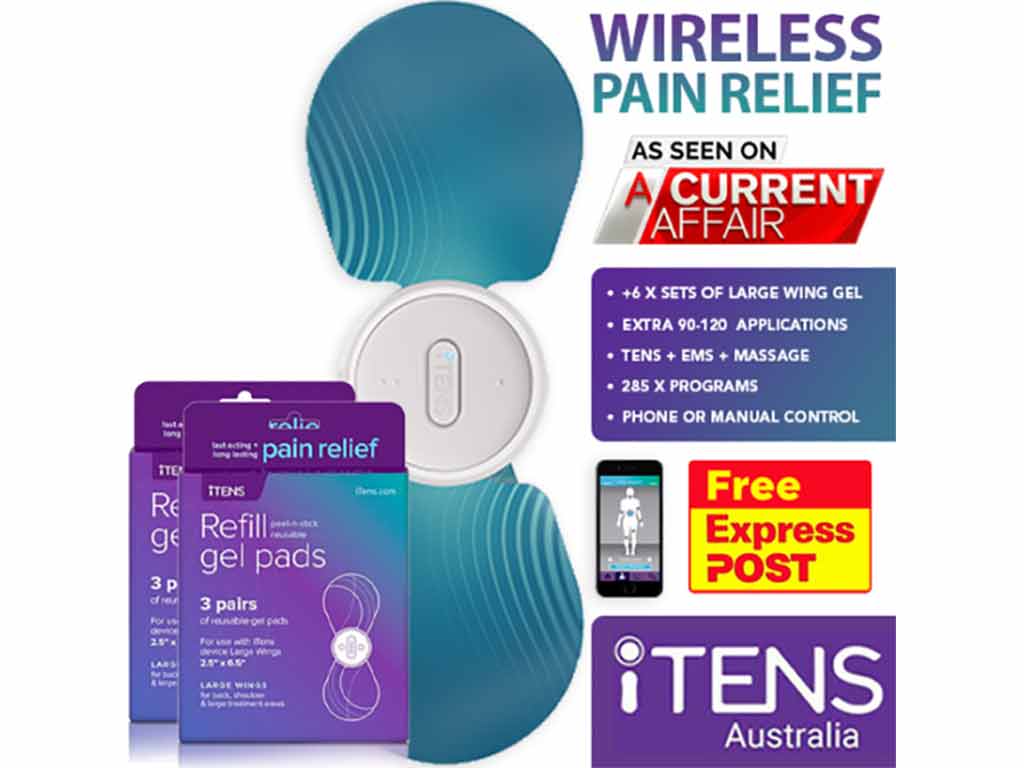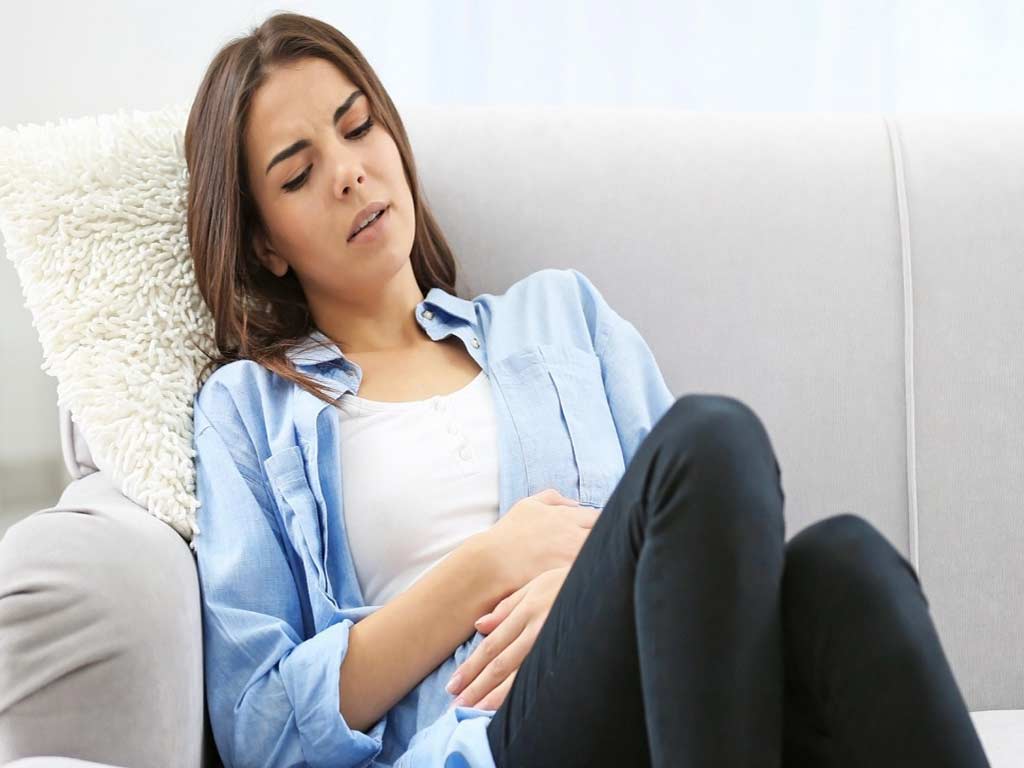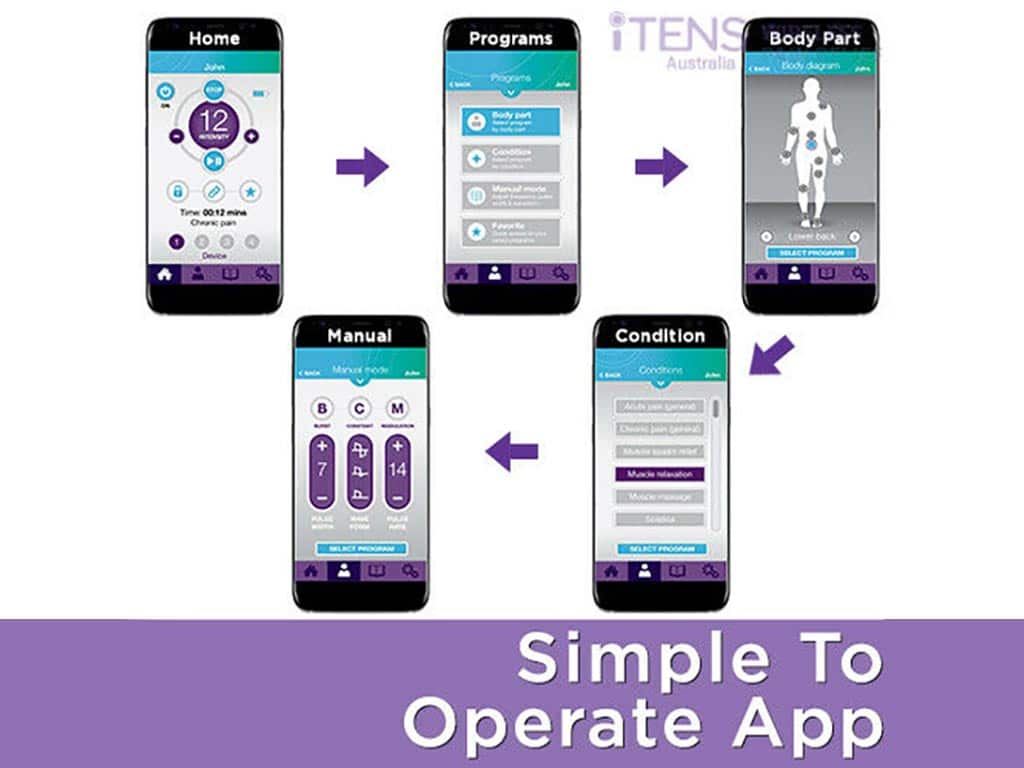
Period pain is a natural occurrence when the menstrual cycle begins. It includes a cramping sensation in the lower abdomen. The pain may last 48 to 72 hours, although it can last longer for some people. Some symptoms can be mild and endurable, while others are intense and debilitating. Therefore, women seek pain management options, including period TENS machines. It provides pain relief using gentle electrical pulses coming from the electrodes to the nerves.
When menstrual cramps get stronger and more frequent, they can affect daily activities. Many women turn to Transcutaneous Electrical Nerve Stimulation (TENS) therapy to relieve pain and discomfort without the help of medications. Fortunately, the iTENS device from iTENS Australia is an effective TENS machine to alleviate period pain symptoms. This article will cover how TENS can help relieve period pain, a guide for TENS, and safety precautions.
What are Period TENS Machines?
Understanding how TENS therapy works is vital before using the device. TENS is a form of electrotherapy that uses low-voltage electrical currents to stimulate the targeted nerves to help block pain signals. A period TENS machine has a set of electrodes to deliver electrical impulses through the skin. The device works by closing the pathways of pain signals to the brain. As a result, it reduces the pain felt by the individual.
Another function of TENS devices is to stimulate the release of more endorphins, the body’s natural painkillers. Endorphins help suppress pain and create a feel-good effect. Therefore, the body perceives lesser pain in general. Moreover, dysmenorrhea or period pain ranges from mild to severe. The pain can come in intense spasms, which may be duller but constant at other times. Understanding what period of pain you experience will help you treat the condition better.
A period TENS device can help relieve abdominal cramps and lower back pain. Furthermore, dysmenorrhoea has two kinds: primary and secondary. Primary are cramps that occur during the menstrual period. Pain begins one or two days before the actual period. Secondary dysmenorrhoea is an underlying gynecological problem that contributes to period pain. Although less common, pain from secondary dysmenorrhea begins earlier in the menstrual cycle and lasts longer than normal menstrual cramps.
How to Avoid and Treat Period Cramps
Several strategies may help alleviate or reduce the intensity of period pain. The following are helpful tips:
- Exercise regularly
- Apply heat therapy on painful areas
- Use over-the-counter medication
- Try herbal remedies
- Maintain a healthy diet
- Practice relaxation techniques
- Consider hormonal birth control and consult with a doctor
- Get sufficient rest
- Stay hydrated
- Use a TENS machine with the abovementioned techniques

Guide on Using a Period TENS Machine
Using a TENS machine for relieving menstrual cramps can be an effective and non-invasive approach. TENS units send electrical impulses through the skin, which can help reduce pain signals and provide relief. First, choose a suitable period TENS machine as a guide for safe use. You may consider looking for a TENS unit that offers specific settings or programs for menstrual pain relief. Notably, some models may have pre-set modes designed for period cramps.
Second, it is vital to familiarise yourself with the instruction manual provided by the manufacturer to understand how to operate the TENS machine properly. Pay attention to electrode placement and safety guidelines. In addition, before applying the electrodes, ensure the skin in the targeted area is clean and dry. Do not use lotions or oils, as they can hinder pad adhesion. Electrode placement is vital in stimulating the right nerves to achieve optimal pain relief.
When using a period TENS unit, place want to place the TENS electrodes on the lower abdomen or lower back. The placement depends on the areas you want to target or where you experience intense cramping. Then, turn the machine on and set the unit as instructed in the manual or advised by a healthcare professional. In addition, ensure that you start with a low-intensity setting and gradually increase it until you feel comfortable.
Useful Guides When Using a TENS Machine
- Adjust frequency, intensity, and pulse width: some TENS machines allow you to adjust treatment settings. Experiment with different settings to find what works best for you.
- Session duration: TENS sessions for menstrual cramps can last 30 minutes.
- Relaxation: some people find that combining TENS therapy with deep breathing exercises can enhance the pain-relieving effects.

Precautions for Using a Period TENS Machine
When using a period TENS machine to relieve menstrual cramps, taking precautions for safe and effective use is essential. It is best to consult with a healthcare provider to see if TENS therapy is the right treatment. For instance, you may see a gynecologist or pain specialist if you have an underlying health condition. They can also guide you on the proper settings to use and other recommendations.
In addition, avoid placing the TENS machines in certain areas. Do not place the electrodes on or near the eyes, mouth, or over the front or sides of the neck. Additionally, avoid placing them on broken or irritated skin, rashes, or numb areas. By following this measure, you do not have to worry about further damage or accidents. Moreover, adhere to the recommended duration the manufacturer or doctor provides.
Typically, when using a TENS machine, each session for menstrual cramps may last between 15 and 30 minutes. Do not use the TENS unit for an extended period to prevent skin irritation or muscle fatigue. Furthermore, discontinue using the TENS machine and consult a medical professional if you experience any adverse effects, such as skin irritation, increased pain, or discomfort. In addition, follow the manufacturer’s instructions for storing and maintaining your TENS machine.
When Not to Use TENS Therapy
TENS therapy is generally considered safe and non-invasive. However, there are certain situations when TENS therapy should be avoided or used cautiously. Here are some instances:
- Allergy or skin sensitivity
- Broken, irritated or infected skin
- With pacemakers or implanted devices
- Pregnancy
- Epilepsy or seizure
- Cancer or tumour
Conclusion
Women who suffer from regular menstrual cramps seek all available pain management methods, including using period TENS Machines. Menstrual cramps may include severe pain that feels like a sharp or stabbing ache in the abdomen and may radiate down to the thighs and legs. These symptoms may also include low back pain that extends down the legs, nausea, vomiting, fatigue, weakness, and headaches. Therefore, many women want to reduce these painful symptoms effectively.
Everyone’s experience with TENS therapy may vary. Pay attention to how your body responds to the TENS machine and adjust the settings accordingly. If you experience any discomfort or adverse effects, stop using the device and consult a healthcare professional. Remember, while TENS can help relieve menstrual cramps, it is always best to check if it is the right treatment for you. For more comfortable pain management, the iTENS from iTENS Australia offers a wireless unit for flexibility.




















